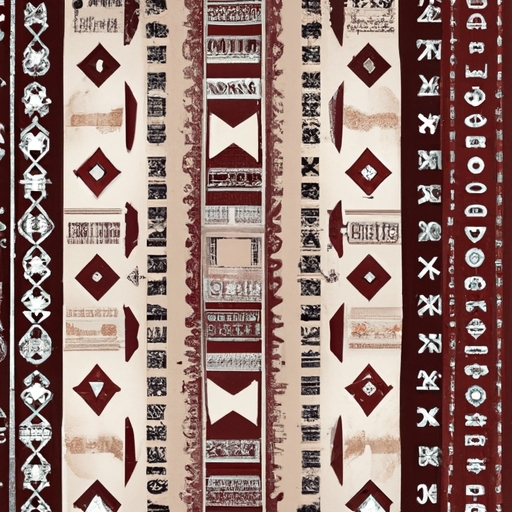
History of American Indian rug weaving traditions
revolutionized early native american cultures
The traditional ways of life and societal structures of early Native American cultures were deeply rooted in their connection to the land, their spiritual beliefs, and their respect for community and family. These societies were built on principles of reciprocity, mutual support, and harmony with nature.
However, as European colonization began to have a significant impact on these cultures, many traditional ways of life were revolutionized. The introduction of new technologies, diseases, and social structures drastically altered the way Native Americans lived and interacted with one another.
One of the most significant changes brought about by European influence was the shift from nomadic hunter-gatherer lifestyles to more sedentary agricultural practices. This change not only transformed the way people obtained food but also had far-reaching effects on social organization and cultural practices.
Furthermore, the imposition of Western ideologies and institutions led to a breakdown of traditional societal structures. Native American tribes were forced to adapt to new political systems, economic models, and social norms that often conflicted with their own values and beliefs.
Despite these challenges, many aspects of traditional Native American cultures have persisted through generations. Today, there is a renewed interest in reclaiming indigenous knowledge and revitalizing traditional practices in order to preserve cultural heritage and promote resilience in the face of ongoing challenges.
In conclusion, while early Native American cultures were revolutionized by external forces such as European colonization, there remains a strong sense of continuity in terms of preserving traditional ways of life and societal structures. It is important for us to recognize the resilience and strength of indigenous peoples in maintaining their cultural identity amidst changing times.